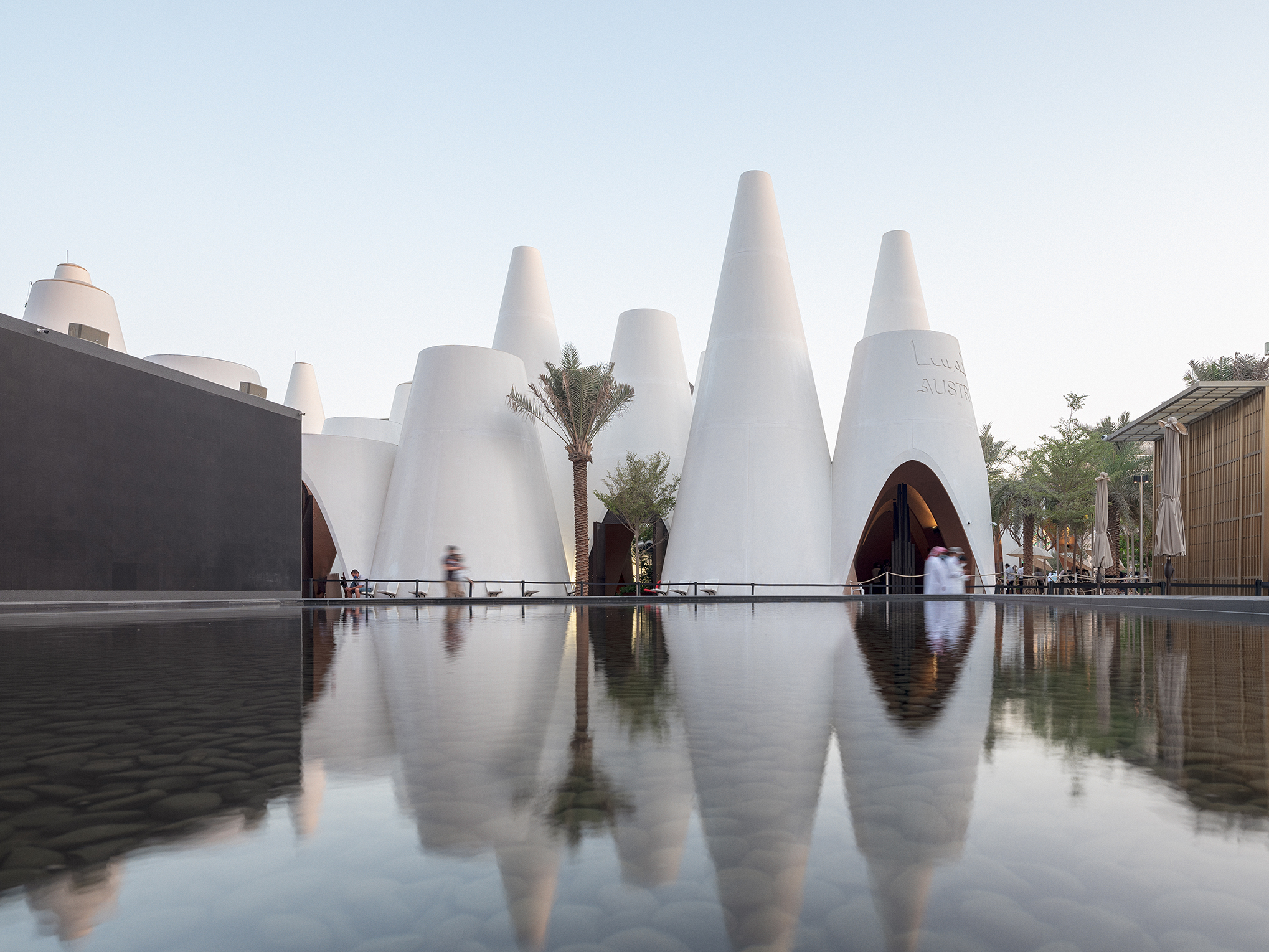Text by Sarah Gamboni
Images by Dany Eid, Antony Fleyhan, Mahmoud Khaled, Katarina Premfors, Suneesh Sudhakaran, and Christophe Viseux
A city of superlatives, Dubai is a living embodiment of the mantra that bigger is better. Boasting the world’s tallest building, highest restaurant, and deepest swimming pool, and a fleet of police vehicles that includes Lamborghinis, Ferraris, and Bugattis, you’d be forgiven for thinking there’s little substance beneath Dubai’s brash, shiny surface.
Beyond all that gloss and glamour, however, you’ll find traditional touchpoints embedded in Arabia: the quiet calm of the sikkas (alleyways) that weave through Al Fahidi’s souks (bazaars) and mud-brick houses; the persistent put-put of the abra boats that ferry you across Dubai Creek for a dirham (approximately 27 cents); the heady scent of oud (incense) in your hotel lobby; and the newly opened Museum of the Future, a shimmering edifice inscribed with Arabic poetry.
Dubai is a high-tensile balance between heritage and high-tech, and nowhere has that been more apparent than Expo 2020. Beginning with the United Kingdom’s Great Exhibition of 1851, world expos have long acted as a stage for innovation and collaboration, bringing together countries and ideas with the common goal of forging a better future. Some of their most enduring legacies include Alexander Graham Bell’s first public demo of the telephone at the Philadelphia Centennial Exposition in 1876; the Eiffel Tower, built for Paris’s Exposition Universelle de 1889; and Seattle’s Space Needle for the Century 21 Exposition in 1962.
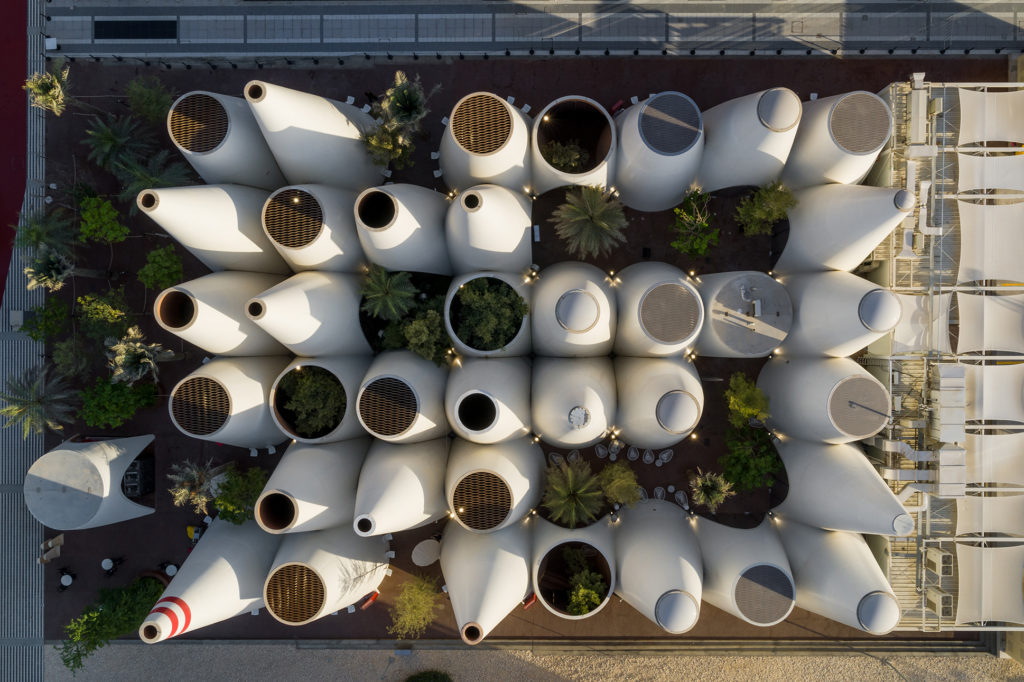
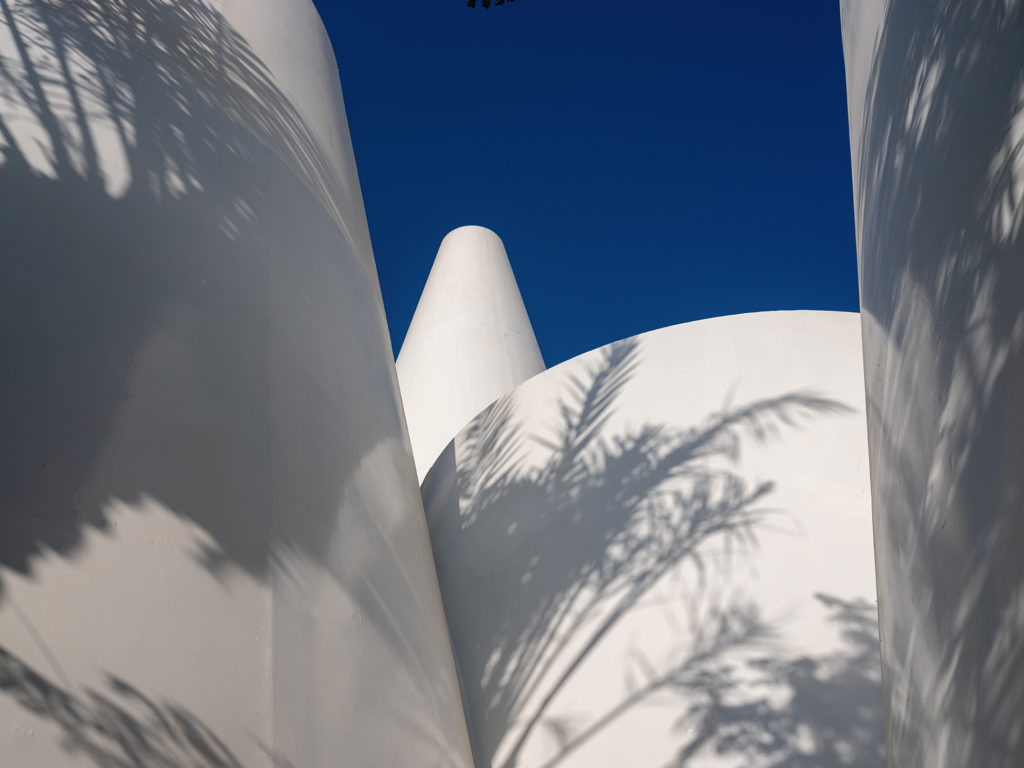
For Expo 2020, organizers set out to make Dubai’s the biggest world fair ever, but also one of the most sustainable, with a legacy that extends well beyond the exhibition’s six-month duration. The pandemic delayed plans by a year, but when Expo 2020 Dubai opened in October 2021, it featured a record-breaking 192 participating countries and a masterplan for the city’s future.
The first thing that strikes you is the sheer scale of the Expo 2020 site. Spanning more than 1,000 acres, it is arranged into three distinct districts, thematically named Mobility, Sustainability, and Opportunity, fanning out from Al Wasl Plaza, named after the Arabic for “connection.”
At each entrance stands a pair of 70-foot-high carbon fiber gates. Inspired by the intricate mashrabiya (latticework screens) of traditional Arabian homes, they are designed to act as a demarcation between present and future. Sure enough, no sooner am I through the gates that I encounter my first robot. A retro-looking lady-bot who could’ve been plucked straight from The Jetsons, she tersely reminds me to wear a mask before trundling on her way.
I soon realize it’s impossible to do the expo justice in just one visit. On my first day I dart among pavilions with my son and daughter, as they rush to collect stamps in their passports like contestants on a reality television show. Respite comes in the form of a mesmerizing water feature named Surreal, a four-story installation near the main plaza. Waves of water crest over the walls, surging down the curved pebbled surface to the delight of bare-footed visitors below, before seeming to flow upwards again, all to an orchestral soundtrack by Game of Thrones composer Ramin Djawadi.
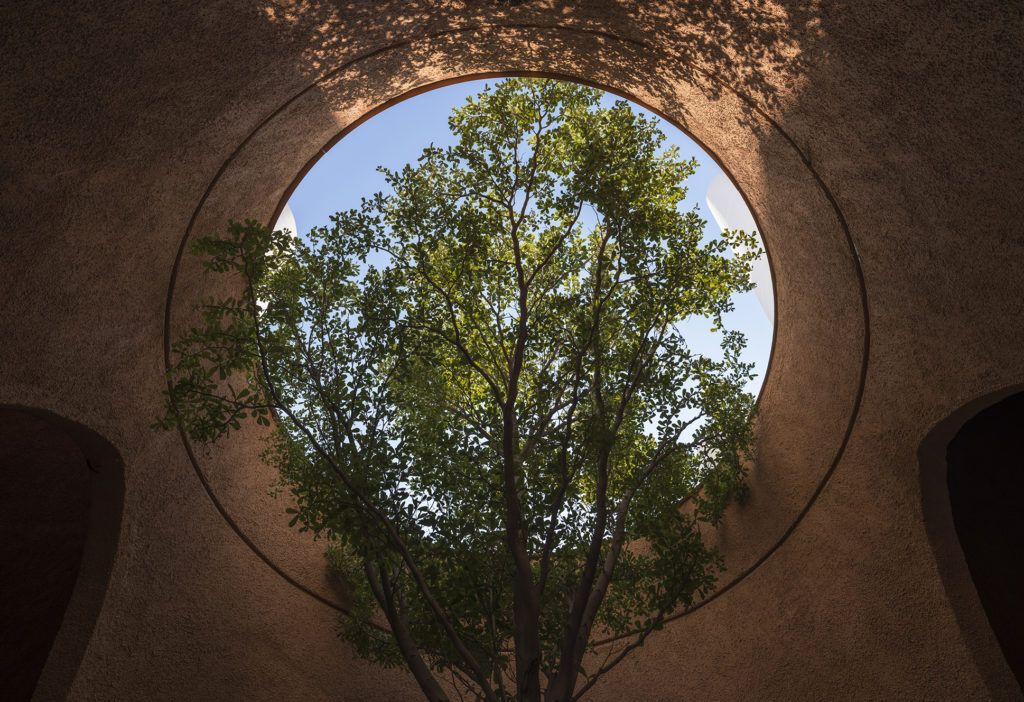
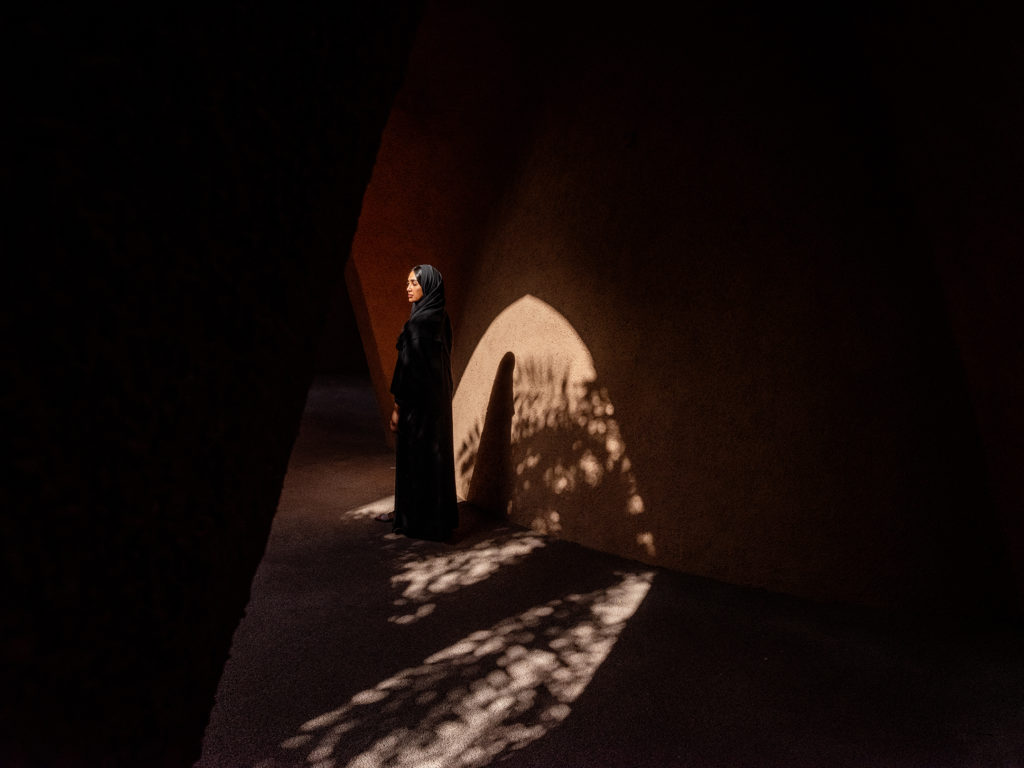
After that first foray, barely scratching the surface of the Mobility district, I upgrade our day tickets to a season pass. Future visits over the coming months take a more leisurely pace. We wander the palm-lined boulevards and shaded sikkas, ogling the architecture of every nation’s structures.
There’s the delicate whimsy of Poland’s pavilion, adorned with hundreds of white sculpted birds that turn in the breeze; the bravado of Russia’s rainbow facade, coiled with brightly coloured cables; the awesome might of Saudi Arabia’s LED edifice, laid open like a book; and the quiet majesty of Sweden’s spruce forest, a sustainable tour de force that will be dismantled and then reassembled elsewhere at the end of its tenure.
Admittedly, as Australian expats living in Dubai, my family and I spend more time in the Australia Pavilion than anywhere else, returning time and again to feed our homesick souls with fried potato cakes, chocolate-coated lamingtons, and First Nations dreamtime stories presented within the pavilion’s immersive dome. There’s much more to be savored, elsewhere, of course, from African snacks and baobab-infused cocktails to Belgian frites and beers, and multi-course dinners from Michelin-starred chefs.
For all of the fair’s facades, it’s the transition from day to night that is most beguiling, when the understated elegance of Oman’s timber and white exterior transforms into a technicolor bulb, the wings of the Sustainability Pavilion appear in full flight, and sunset lingers for an additional hour thanks to the warm, rosy glow of LED streetlights.
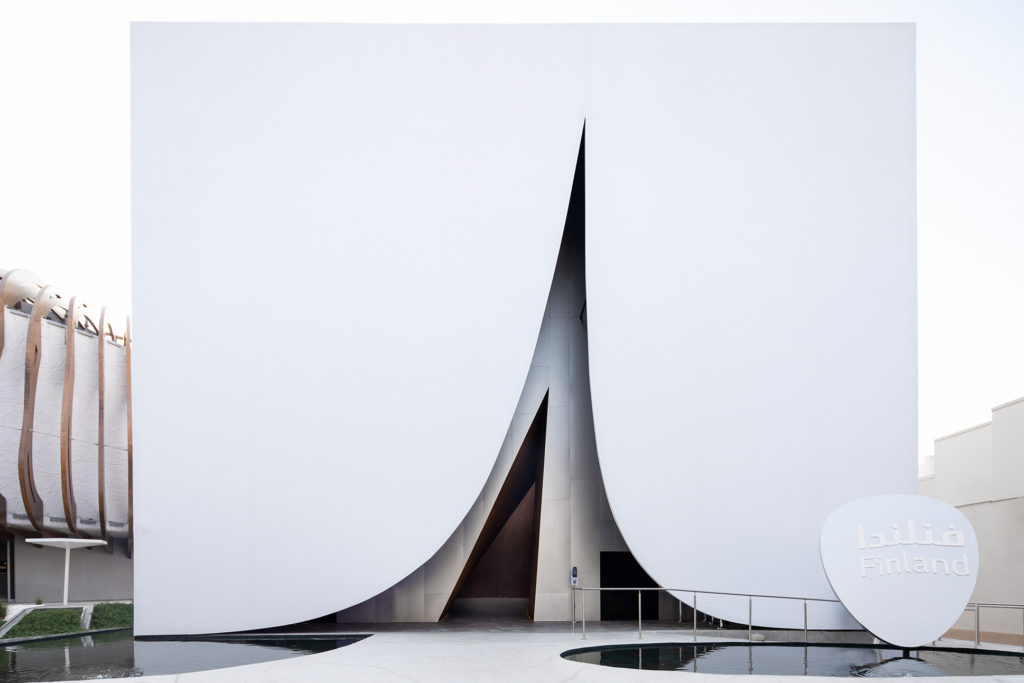
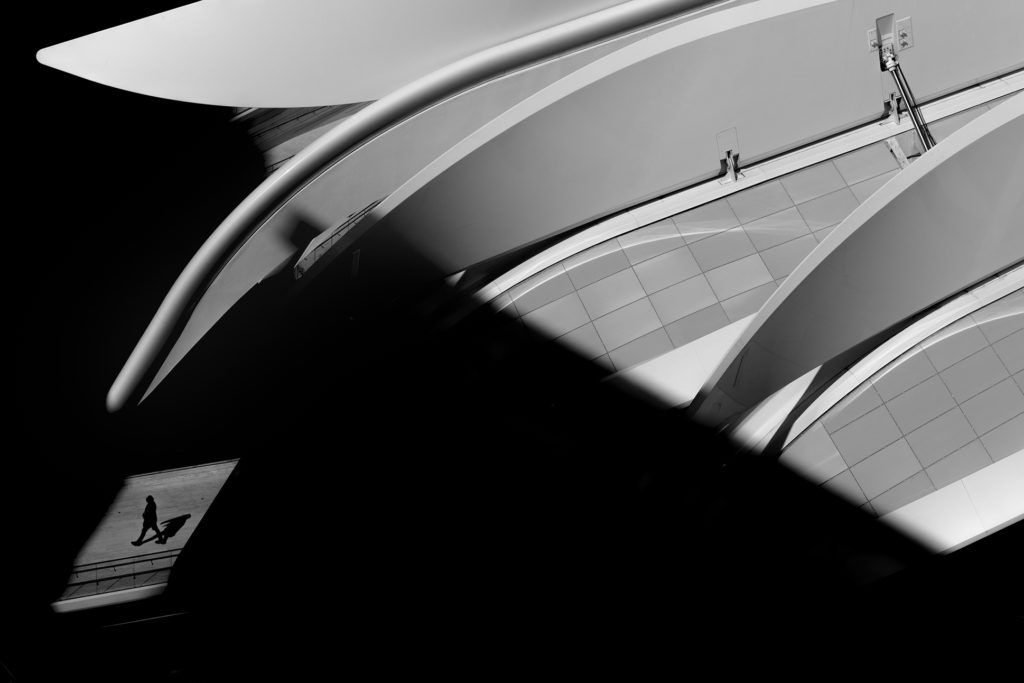
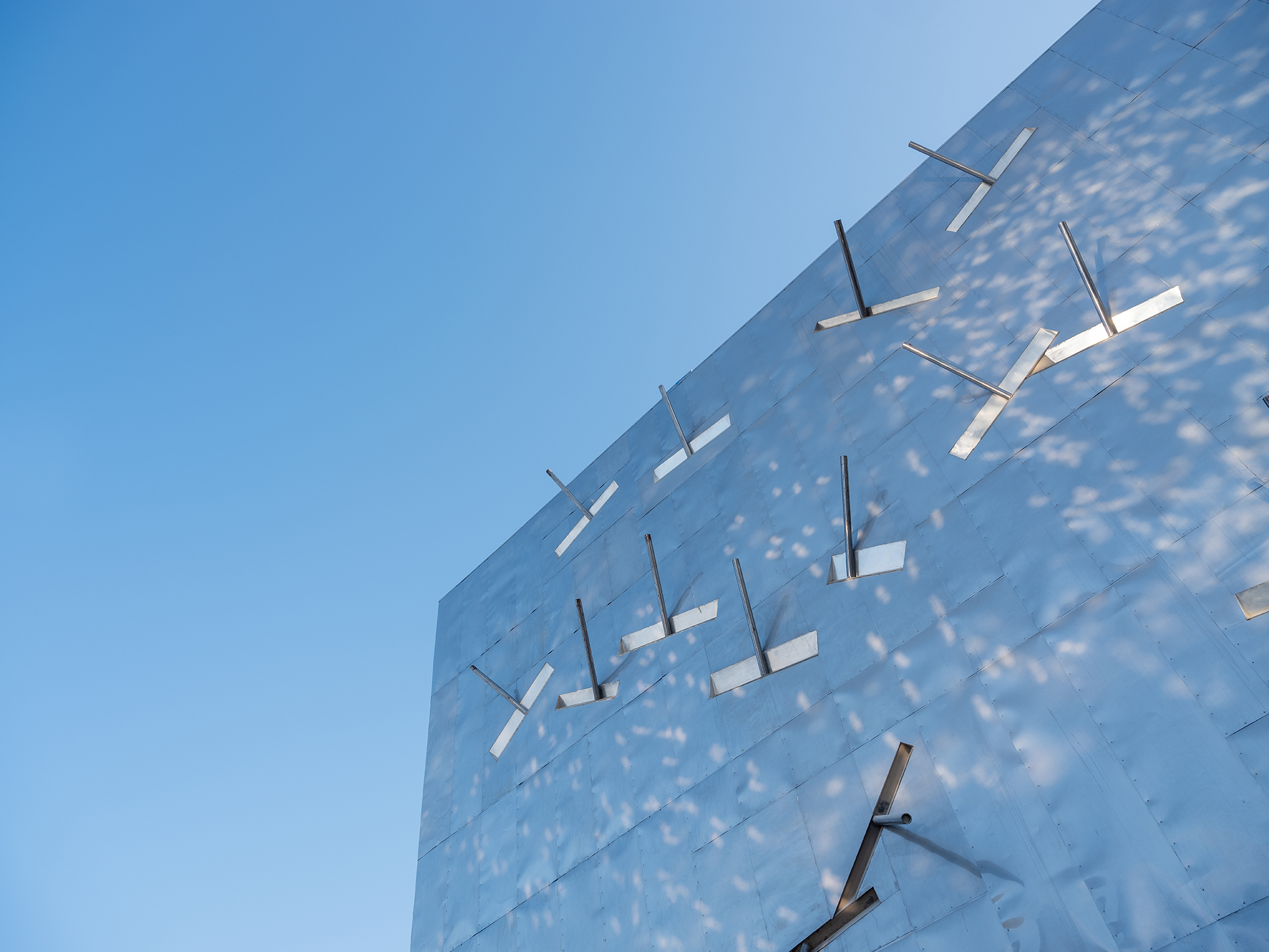
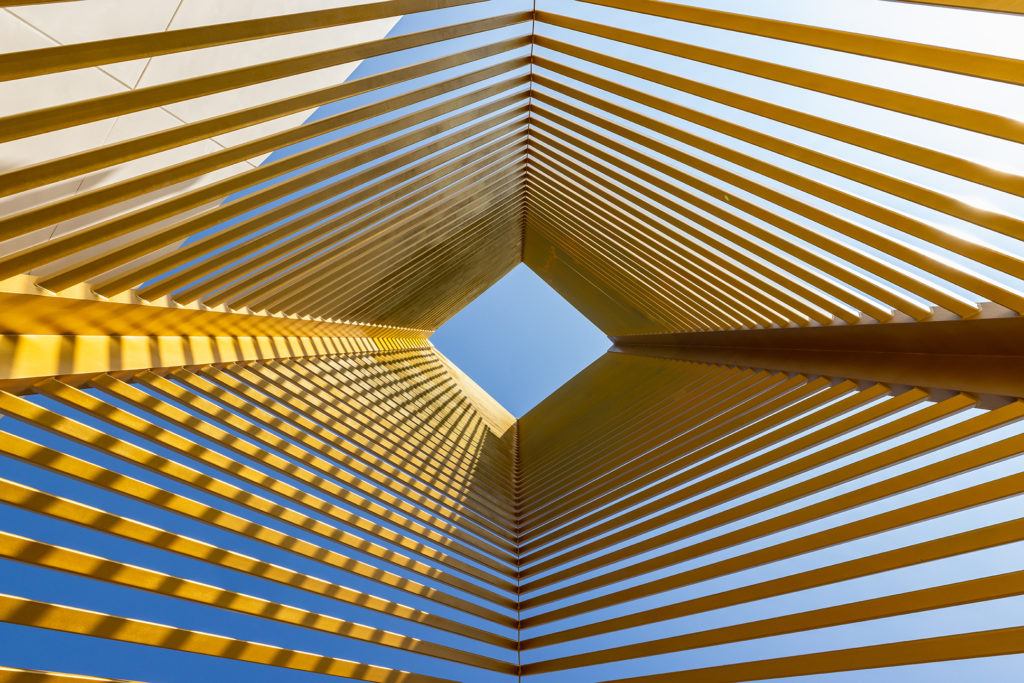
Now that Expo 2020 has drawn to a close, another transition is underway, as the area transforms into District 2020, an integrated “15-minute city” of the future, wherein everything can be reached within a quarter-hour. For the first time in the history of the expo, the event’s developers will repurpose up to 90 percent of the existing infrastructure into offices, residences, restaurants, stores, schools, and essential services.
Sustainability is woven into the fabric of the district’s landscape. Solar panels atop steel canopies that mimic trees generate enough energy to power 370 households. Gardens have been planted with drought-tolerant ghaf trees and native grasses, and the LEED-certified buildings feature built-in water and waste recycling programs. The hope is that District 2020 will become the model for future living in Dubai, acting as an incubator for start-ups, transport, and tech businesses.
At a time when travel plans were curtailed and the world felt more unknowable than ever, Expo 2020 provided a sense of escapism and a chance for expats and travelers to reconnect with their home countries. In its next iteration as District 2020, it will soon become a permanent home for a new generation of dreamers and doers.




